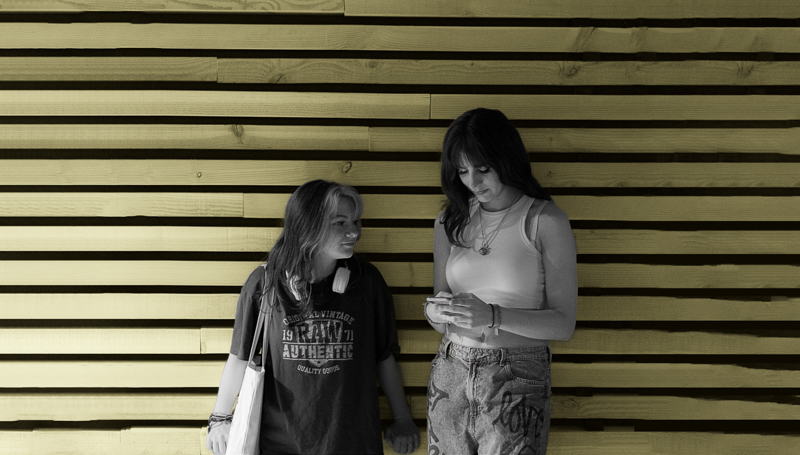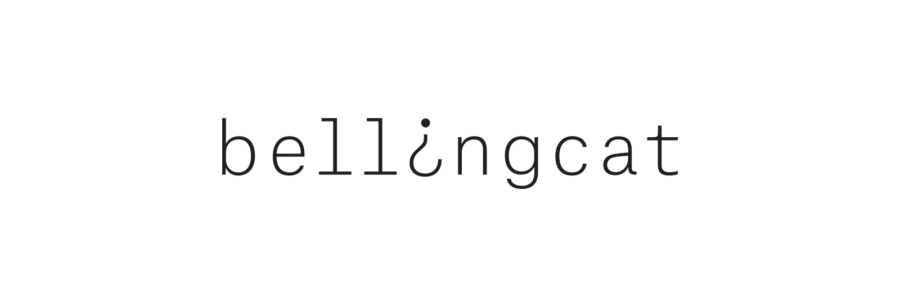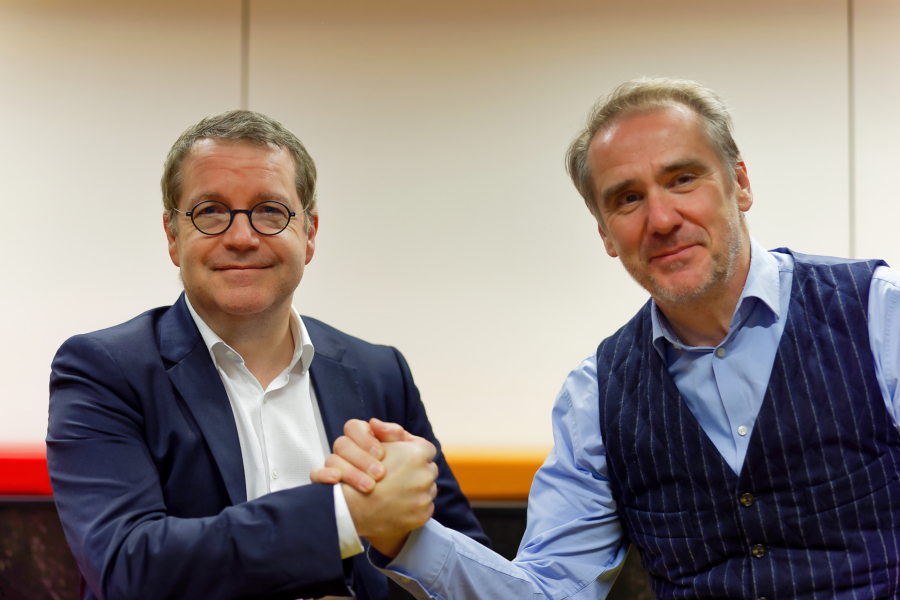20 April 2021
Vilmar Pellisson – Branding and UX, the new world we're living in
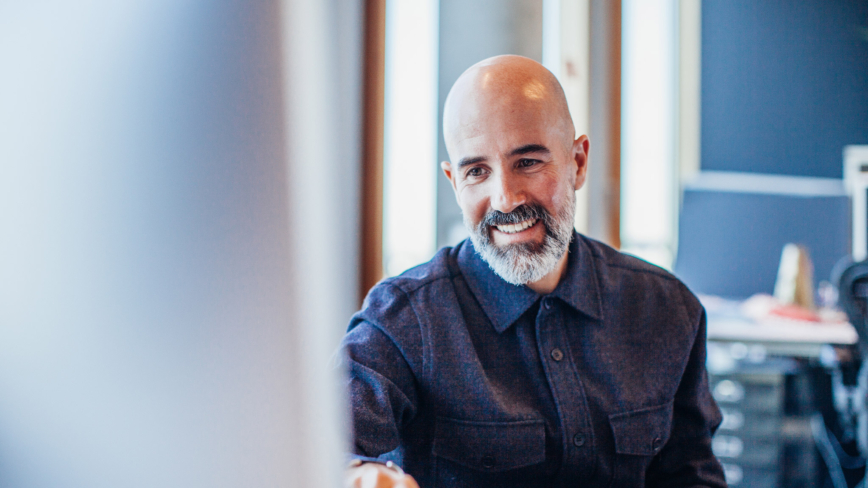
With a remarkable track record of work for agencies part of the WPP, Publicis, Havas, Dentsu, and Accenture groups, and organizations as The Economist and Trivago, Vilmar Pellisson has recently joined Total Design as a Creative Director, focused on brand experience, human-centered design and lean UX.
Born and bred in São Paolo, Brazil, he has spent the past two decades working abroad in cities such as Turin, Prague, London, and, more recently, Amsterdam.
“I joined Total Design to strengthen the design strategy team by bridging branding and UX disciplines within the company, introducing a lean methodology into brand development including agile ways of working, workshop facilitation, and collaboration among distributed teams, with particular attention paid to user-centricity in the brand experience domain.
Over the years, I worked on many projects that I am proud of. They include brand experience and activation programs for the likes of Adidas and McDonald’s, design systems for the BBC and The Economist, and tech-for-good initiatives like NoraCare – a voice user interface for caregivers of dementia patients.”
Other examples are the mobile web MVPs that my team at Trivago Innovation Lab launched. Our goal was to combine Trivago’s anonymized user data with third-party geo-located data points to identify and inspire people to take short vacations. We targeted users at the top of the marketing funnel using social posts. We directed them to our mobile applications to find unique, off-the-beaten-track destinations and points of interest that could easily be reached by car, train, or even bus. In the end, they could book the accommodation via Trivago’s core platform. By developing ‘campaignable’ digital products, we tried to create a sustained audience acquisition mechanism and improve the overall brand experience.
Curiously, those ideas turned out to be ahead of the curve in the pandemic context, when local travel has become the most viable holiday option because of the current restrictions.”
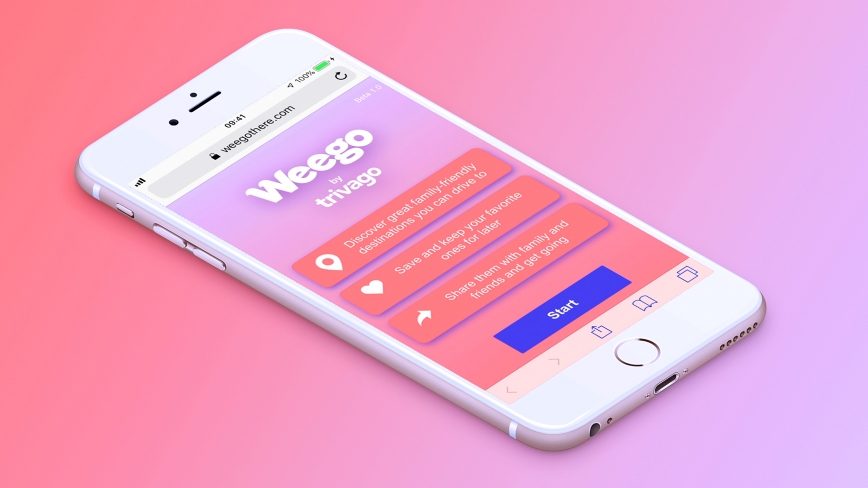
UX meets branding
I think of branding and user experience as two sides of the same coin. They don’t always see eye-to-eye unless one finger flicks it. The methods in both disciplines have their own merits and strengths, which can produce fantastic results if we combine them.
User experience has at its core an unrelenting focus on understanding the user needs, ‘jobs-to-get-done,’ pain points, and so on. By understanding the user, we uncover problems and unmet needs that can be translated into business opportunities.
Because UX has been intimately connected with digital development, it often uses agile methods, validated learning, and quick feedback loops, that keep up with the speed of technological acceleration. Look at tech incumbents such as Amazon, Booking.com, Facebook, or Google, for example. Each conducts tens of thousands of experiments with users every year. Amazon, which is notorious for its customer obsession, pushes code every 11.6 seconds, as an example.
As the basis of competition for our clients change, branding needs to change, too. And I believe that the principles underpinning user experience offer an incredibly potent way to deliver successful outcomes faster. That’s why, at Total Design, we are giving our creative process a boost by becoming more cross-functional, collaborative, evidence-based, and data-informed.
The new gold standard
“A new generation of business leaders embraces this holistic view of brand experience that starts at product level instead of communication or visual identity. The product is the brand and vice-versa. Take Airbnb, for example. Its co-founder and CEO, Brian Chesky, who, by the way, has a degree in design, has an interesting view on that. According to him, one of the key attributes for his company’s success is that they combine scientific method with creative process. It enables them to craft memorable experiences for users at every step of their journey with the platform.
I would argue that brand designers can expand their ability to surprise and delight even more if, for instance, they try to integrate methods from Lean UX and human-centered design principles into their practice and think a bit more like scientists. In practice, that means keeping an open mind and accept that the ideas and solutions we come up with should be framed as assumptions that need to be tested in the real world and constantly improved. That’s the fundamental attribute of a human-centric approach.
As the Nobel Prize physicist Dr. Richard Feynman once said, “if it disagrees with the experiment, it’s wrong.”
